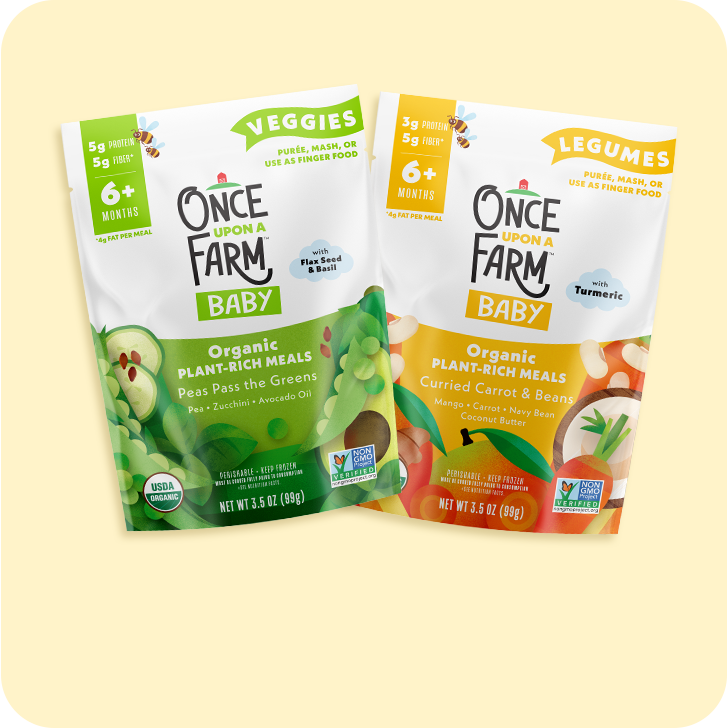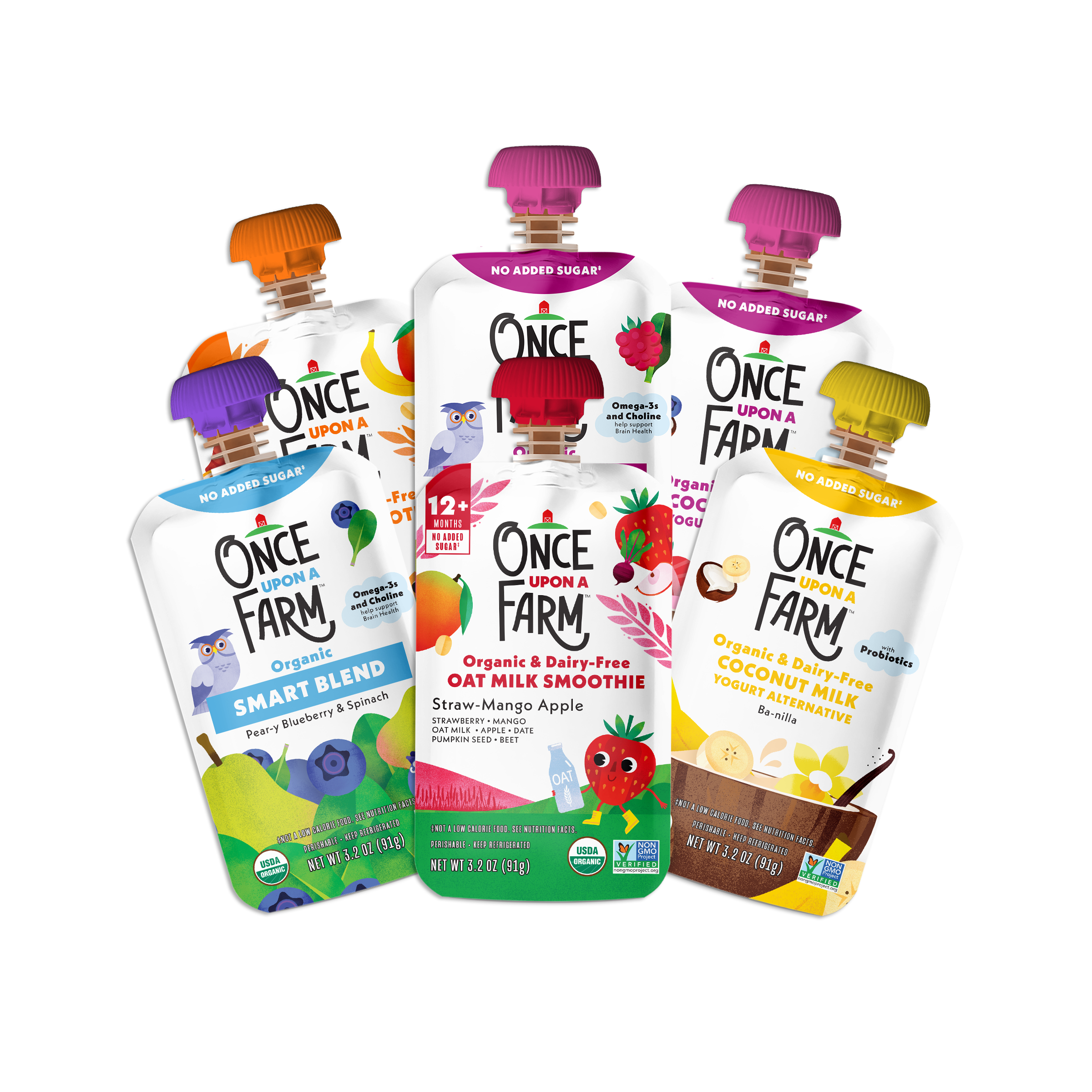When it comes to babies, optimal nutrition is essential to ensure growth, health, and development. Introducing your little one to solid foods not only helps them develop a relationship with food, it shapes their preferences and turns them into a long-term healthy food lover! Before you get started, consider these helpful tips for introducing your baby to their first solid foods.
5 Tips for Feeding Your Baby Their First Foods
1. Strike a (nutritional) balance
Mashing a banana may be easy, but babies need the right balance of calories, protein, and fat. Meal prep can be a tricky balance, but a good rule of thumb is to mix easily digestible protein, fat, vegetables, and grains.
2. Go bold, not bland
What your baby eats in the first few years of life creates a blueprint for what they will want to eat in the future, so don’t hold back on the ingredients you offer them. The old advice of feeding kids one food at a time, or bland foods, is outdated. In 2008, the American Academy of Pediatrics flipped their stance to say introducing potentially allergy-inducing foods (yes, that goes for nuts, too) early on may ward off food allergies later on. Babies with a family history of food allergies need a little extra precaution. Exposing your baby to every flavorful herb, spice, and food you can from their first days can help them develop a lifelong palate for it.





















